5 mistakes you’re making with your cast iron skillet
Avoid making these mistakes with your cast iron skillet at all costs
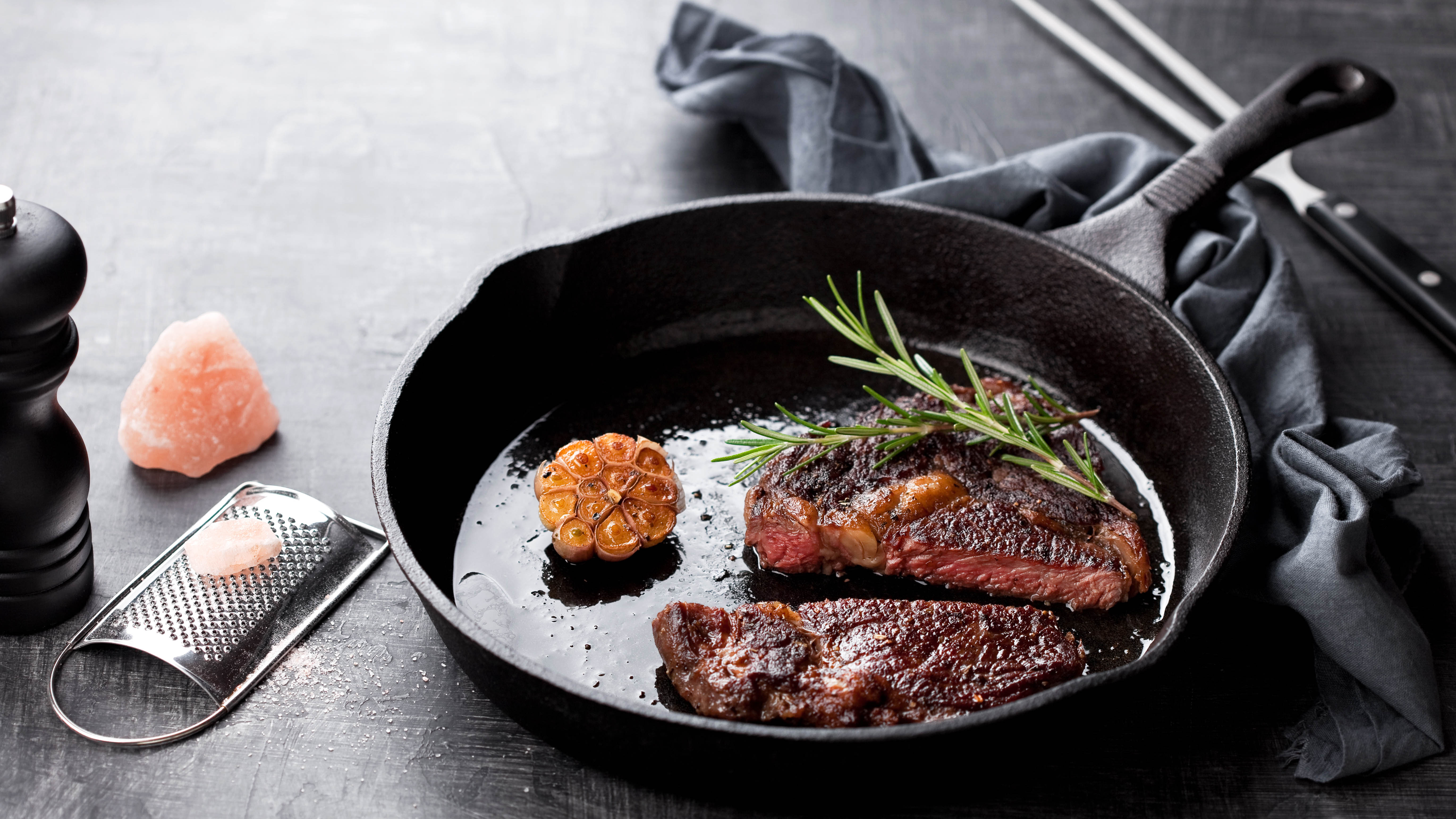
Once you’ve used one of the best cast iron skillets, there’s no turning back. This quintessential kitchen tool can draw a unique flavor and texture from your ingredients which no other piece of cookware can achieve. Thanks to its effectiveness at retaining heat, cast iron can produce a crisp finish and a defined sear to your final dish — that’s why it’s such a popular cooking method. But, did you know that even seasoned cast iron users (pun intended) can make mistakes with this piece of cookware?
It’s true, you might be making any number of everyday mistakes with your cast iron skillet right now. Not only can this impact the flavor and appearance of your future dishes, it can damage the lifespan of the cast iron skillet itself. So, if you want to take the best care with your cast iron skillet, be sure to avoid these five everyday mistakes.
Has your cast iron skillet seen better days? Here are 5 signs it’s time to replace your cast iron skillet. Just avoid these 7 foods you should never cook on a grill.
1. Forgetting to season it
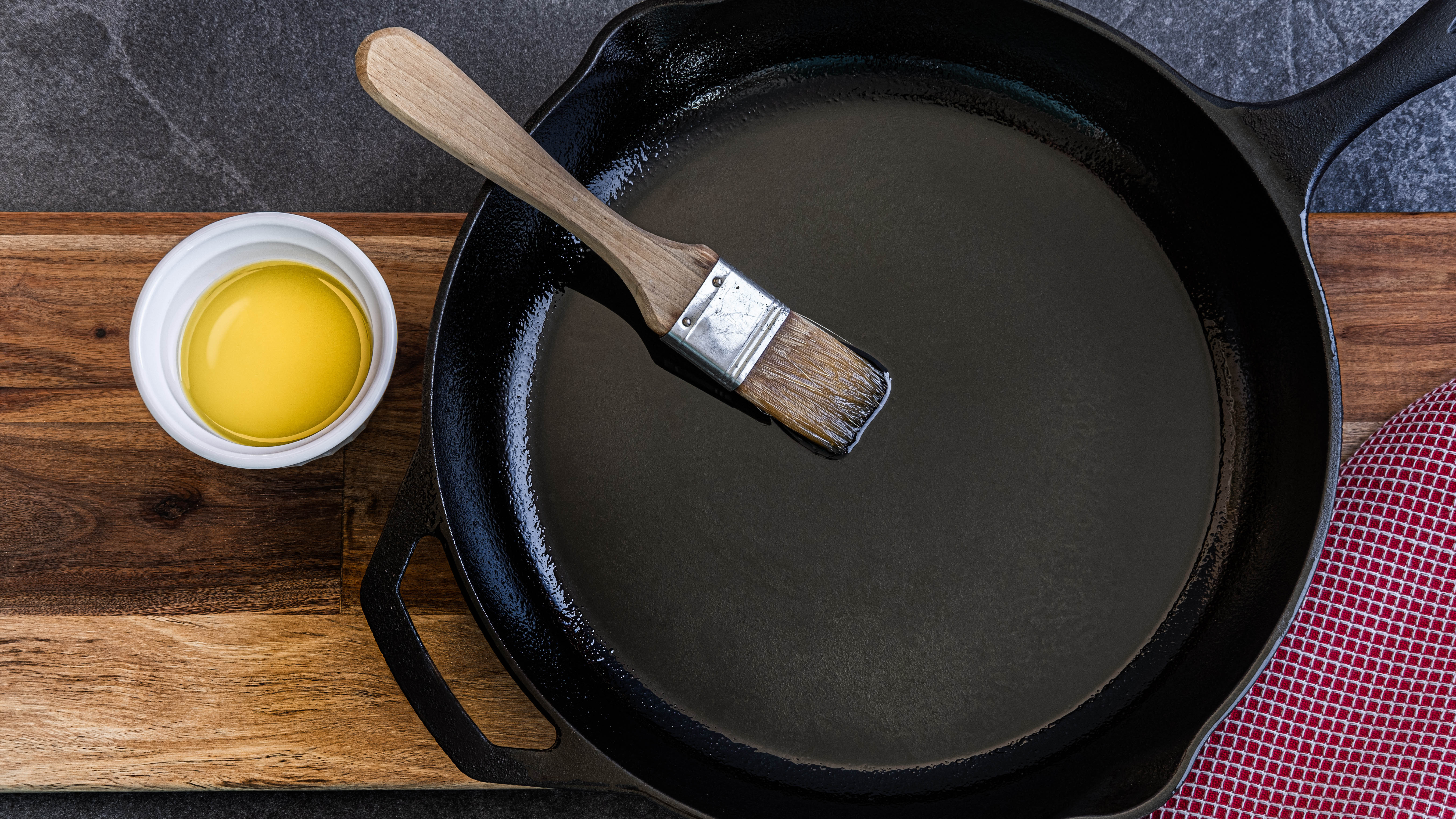
While it’s true that the longer you keep and use your cast iron skillet, the less often you need to season it, you still need to make time to season it as and when required. Each time you cook in your skillet, fat and oils will build up on the base, layering up to protect the exposed cast iron and preventing sticking in the process. However, whenever you clean your cast iron skillet, you’re effectively stripping away those layers, especially if you opt to use soap.
So, remember to season your cast iron skillet when necessary; otherwise it will start to rust and food will begin to stick, ruining its overall performance. Seasoning a skillet is very straightforward: you simply need to bake a layer of oil onto the surface. For full guidance, see how to season a cast iron skillet. You should oil your skillet after each use and season it two to three times a year. But, if you notice dull spots, be prepared to season more often.
It’s also worth flagging that if you own an enameled cast iron skillet, this won't require seasoning as it's already coated. So don’t waste your time here!
2. Putting it in the dishwasher
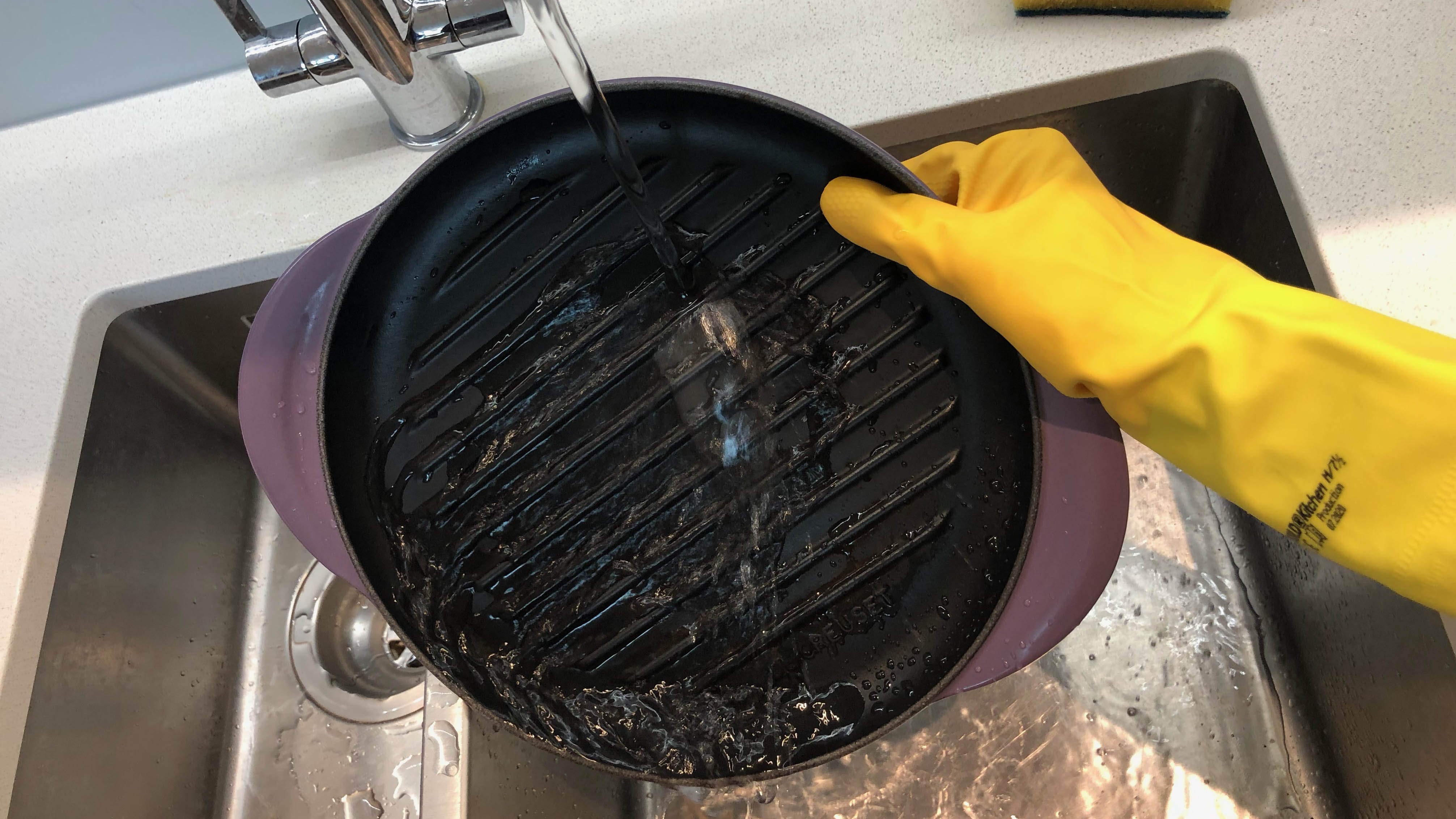
Some enameled cast iron skillets claim to be dishwasher safe; however, we recommend avoiding using this appliance altogether whether you own traditional or enameled cast iron. Traditional cast iron can easily rust if subjected to water for overly long periods of time, which makes dishwashers an obvious no-no. Not to mention, the abrasiveness of the dishwasher detergent can do some serious damage to the seasoning, as well as dull enamel, so keep your cast iron skillets out.
Get instant access to breaking news, the hottest reviews, great deals and helpful tips.
You should avoid soaking an traditional cast iron skillet in water for the same reason — this will only encourage rust. (Enameled cast iron is safe to soak if you’re dealing with stubborn stains.) Always remember to clean your cast iron skillet as soon as possible, so stains don’t have a chance to set. But, take care not to run a hot skillet under cold water, as this can ‘shock’ it and cause warping as well as cracking. A final cleaning tip is to avoid using steel wool — this can strip your layers of seasoning and lead to scratches. For full cleaning guidance, see how to clean a cast iron skillet and remove rust.
If your skillet needs replacing, here are 7 things you should check when buying a cast iron skillet. Plus, here are all of the differences between a cast iron vs enameled cast iron skillet.
3. Not preheating it
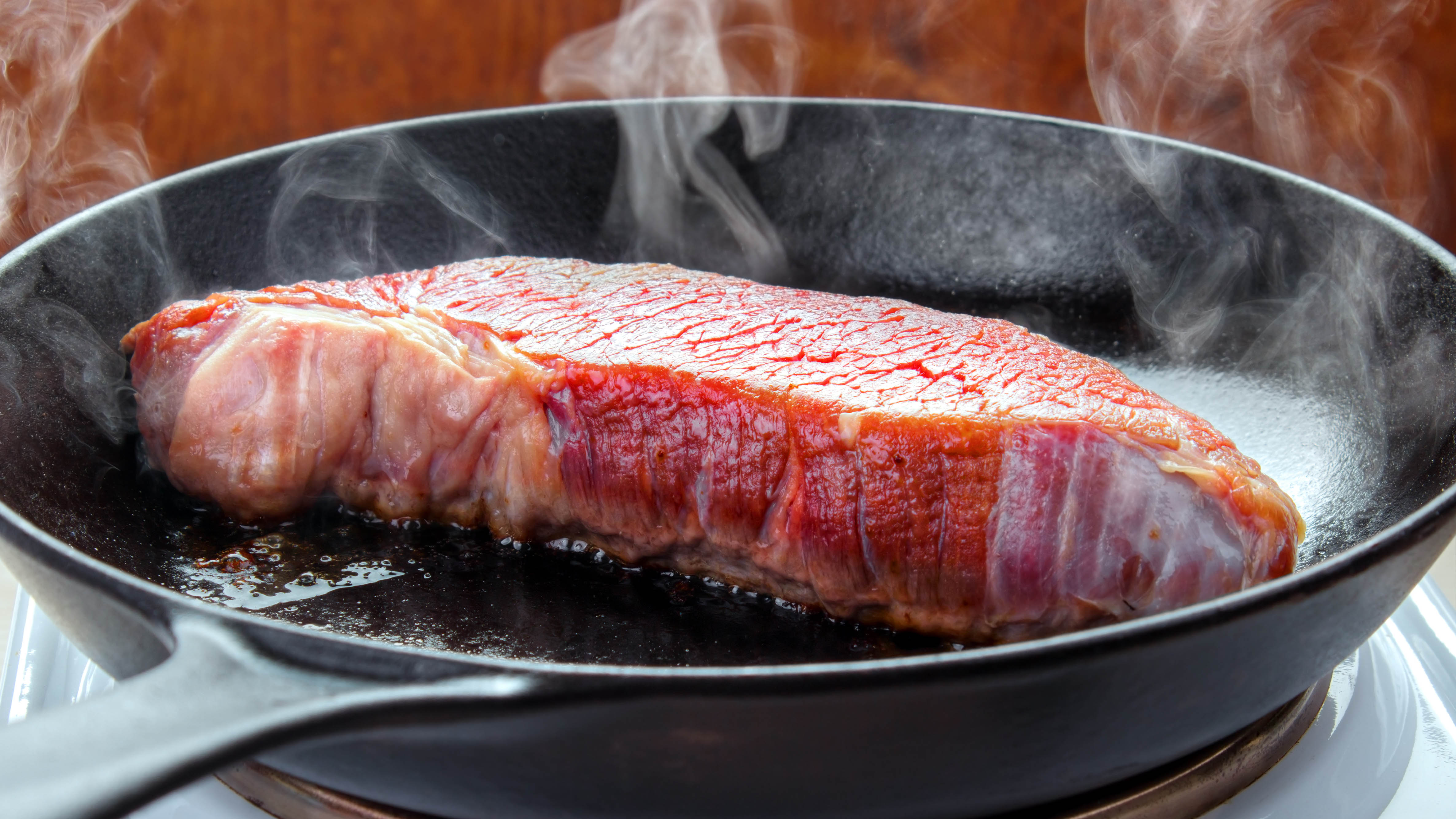
Patience is a virtue and this is especially true for cast iron skillets. While it’s all too tempting to throw your ingredients into the pan as soon as it starts to heat and take advantage of every second, this will ultimately be detrimental to your dish. Your food will stick much more easily when both the skillet and the oil are cold. Plus, cast iron will only cook evenly once it’s had a chance to heat through — that means you should be prepared for uneven results on a cold skillet. And you can say goodbye to the iconic and delicious sear. Your food will likely have cooked through before a searing temperature is reached.
At the same time, avoid overheating your cast iron skillet. This can be tricky to tell with no ingredients present, but if it starts to smoke, then that’s a sure sign. Heat up your skillet slowly, gradually increasing the temperature of the cooktop from low, so you can keep on top of its final temperature. Otherwise, you will just have to wait for it to naturally cool down again.
4. Storing it incorrectly
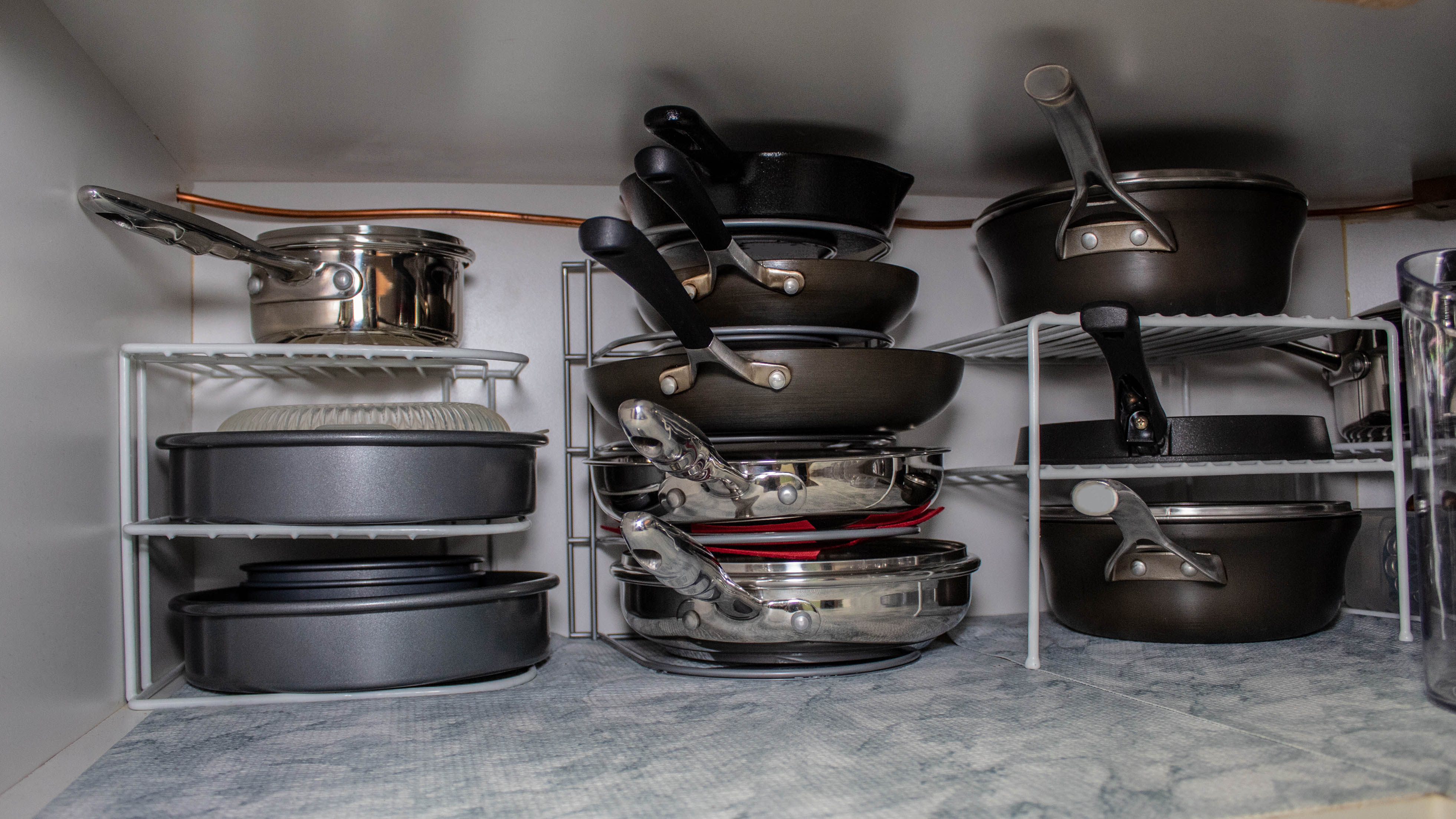
Cast iron skillets are never straightforward to store — they’re heavy and bulky, with an awkward protruding handle. And if yours comes with a lid, then that’s even more space to consider. However, while you might be a firm believer in "out of sight, out of mind," storing your cast iron skillet properly is essential. If the environment isn’t dry, rust can suddenly spring up on your skillet. And if your pans are stacked in a messy fashion, making contact with one another, scratches and signs of wear and tear are inevitable, potentially damaging your seasoning.
Only store your cast iron skillet once it is completely dry, and make sure the space you’re storing it in is dry too. You can always line it with a paper towel as an extra precaution against rust. Make sure you have a dedicated space in your cupboard for your cast iron skillet. Ideally, you want to store it in a way that it doesn’t come into contact with other pans. For instance, we recommend using a tier rack for heavy-duty pans, such as cast iron, in our 7 space-saving ways to organize pots and pans.
5. Not using one of the best cast iron skillets

If your skillet has seen better days, you should consider upgrading it to one of the best cast iron skillets. We tested a range of skillets to see which offered the best and most consistent cooking performance, taking account of evenness, sticking and searing. Plus, we considered the ease of use and overall design, assessing the maneuverability and simplicity of cleaning. Several steaks, pizzas and eggs later, we’ve found those that tick every box. So, don’t make the mistake of buying anything else.
For more cooking tips, tricks and how tos, check out how to clean an oven, 5 pros — and 5 cons — of cooking with an air fryer and dishwasher vs washing by hand — which is cheaper?

Katie Mortram used to be a Homes Editor for Tom's Guide, where she oversaw everything from kitchen appliances to gardening tools, as well as smart home tech. Specializing in providing expert advice for cleaning and home manintenance, she now works as Household Advice Editor for Good Housekeeping.
